#tropisternus
Explore tagged Tumblr posts
Text

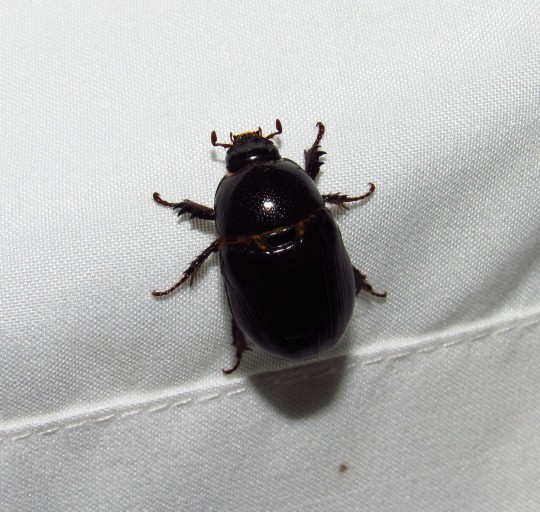


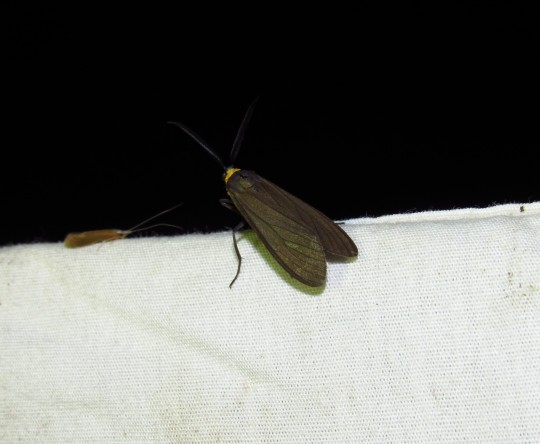
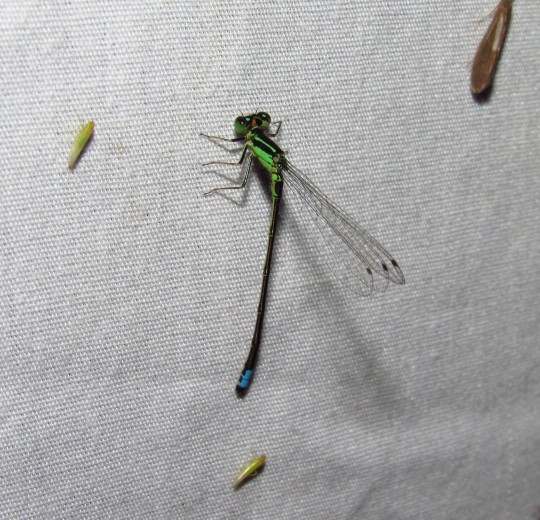





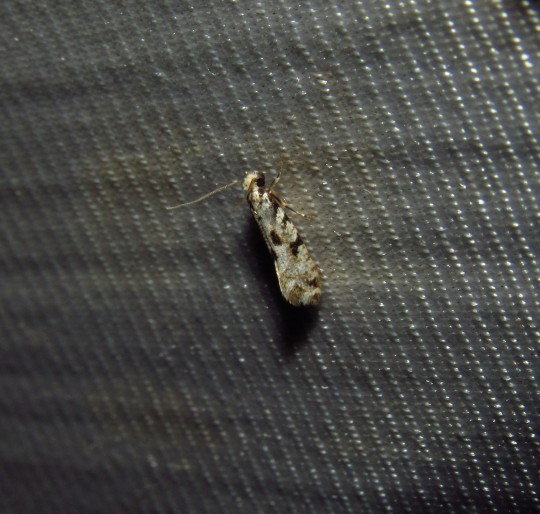
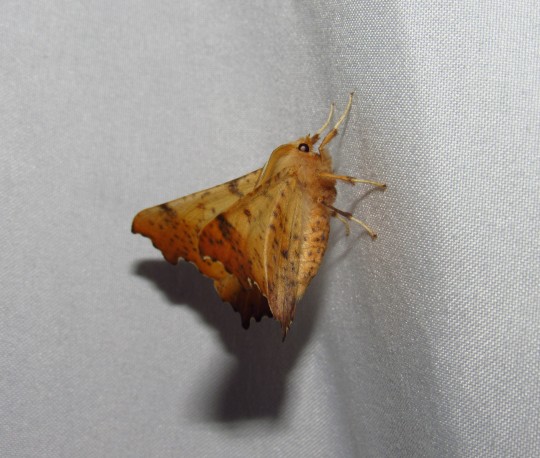


Had a fun blacklighting session last night with the amateur entomologist group, here are a few of my observation pics In order: - A cute, lichen-looking Epinotia I wasn't able to ID to species - Ligyrus (formerly Tomerus) relictus, one of the only dynastinae (rhinoceros beetles) found where I live - Catocala sp., photo wasn't great unfortunately so I'm not sure which out of 2 possible species it is - Habrosyne scripta, fairly common but a beautiful drepanid that's always fun to see - Cisseps fulvicollis, smaller lookalike of the virginia ctenucha - Ischnura verticalis - very common species but I don't often see odonates at light traps - Tropisternus lateralis, a hydrophilid, this species in particular looks a lot like some dytiscids to me but the clubbed antennae are a surefire giveaway for hydrophilidae - Corixidae sp. - Parapoynx badiusalis, good example of how cute crambids are - A really cute ichneumonid, but probably not identifiable from photo - Argyresthia calliphanes - pay attention to micromoths! So many of them are absolutely stunning - Nemapogon sp. (maybe granella?) - Ennomos magnaria - Elophila icciusalis - Cerastipsocus venosus - new species for me, their common name is "tree cattle" and the clusters they form on trees get called herds. Felt really big for a psocodean The area had a lot of habitat variety, with multiple light traps being set near a wetland, forested areas (mainly yellow birch with some other hardwoods, and conifers- mostly balsam fir) and a sandpit. I have a lot more but I also have specimens to get around to pinning so I won't spend too long on posts haha, here's some uncropped photos of the sheets though
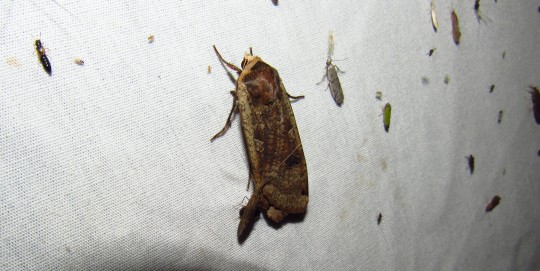


#my photo#entomology#insects#bugblr#uv trap#moths#lepidoptera#beetles#coleoptera#odonata#damselfly#hemiptera#corixidae#psocoptera#barklouse#nature photography
30 notes
·
View notes
Photo

I’m still processing and IDing the guys I met at the blacklighting event I went to last night, but here’s probably the best photo I took there. A water scavenger beetle, specifically Tropisternus lateralis nimbatus, with mites! The naturalist holding the event ID’d it down to subspecies it’s so cool. Everyone loves this photo I’m getting a good grade in entomology
#COOL BUGS#bug#insects#water scavenger beetle#mites#Con stop yapping#blacklighting2024#I wanna be able to find these again lol
14 notes
·
View notes
Text











July favorites
Megachile sp., Orthonevra nitida, Pachydiplax longipennis, Scudderia septentrionalis, Tropisternus lateralis spp. nimbatus, Platycryptus undatus, Horisme intestinata, Polistes fuscatus, Odocoileus virginianus, Phidippus audax
#id in alt#my pics#bugs#animal photography#sunset#insects#bee#diptera#dragonfly#katydid#beetle#spiders#moth#wasp#deer
8 notes
·
View notes
Text


bye
Tropisternus lateralis ssp. nimbatus
1 note
·
View note
Photo

This is the 87th installment of 'Since I've Been Gone'. Taken on the same night as the previous post while I was on my Iowa hitch with @americanconservationexperience, I found what I could only describe as 'Tropisternus sp.' Sucks that I don't know what species of hydrophilid I have here. I also ended up losing it while filming. I provided extra pictures for IDing. #animal #animals #wildlife #insect #insects #insectagram #iowawildlife #iowanature #nature #fauna #invertebrate #invertebrates #aquaticinsects #aquaticinsect #beetle #beetles #imago #waterscavengerbeetle #waterscavengerbeetles #aquaticbeetles #aquaticbeetle #animalia #arthropod #arthropods #arthropoda #insecta #coleoptera #hydrophilidae #hydrophilinae #tropisternus (at YMCA Camp Wapsie) https://www.instagram.com/p/CWOlYuEKFRo/?utm_medium=tumblr
#animal#animals#wildlife#insect#insects#insectagram#iowawildlife#iowanature#nature#fauna#invertebrate#invertebrates#aquaticinsects#aquaticinsect#beetle#beetles#imago#waterscavengerbeetle#waterscavengerbeetles#aquaticbeetles#aquaticbeetle#animalia#arthropod#arthropods#arthropoda#insecta#coleoptera#hydrophilidae#hydrophilinae#tropisternus
0 notes
Text
Tropisternus
Dominio: Eukaryota
Reino: Animalia
Filo: Arthropoda
Clase: Insecta
Orden: Coleoptera
Familia: Hydrophilidae
Género: Tropisternus
El orden de los escarabajos como coloquialmente se conocen, estos increíbles insectos con una increíble apariencia con una extra cobertura bastante fuerte que se divide por la mitad, este orden se divide en 4000 especies con más de 100 familias diferentes, estos se pueden encontrar en numerosos hábitats, lo que en cierto punto los hace importantes ecológicamente. Barnard, P. C. (2011).
Este es una de las familias más diversas de todo este orden, muchas de estas especies son acuáticas que pueden estar en ecosistemas lenticos y loticos representados en ríos, quebradas, riachuelos, lagunas, aguas temporales y represas. También hay otros semi acuáticos. Un dato interesante es que entre larvas de esta familia es muy común el canibalismo, ya que estas larvas son depredadoras. Beutel, R. G., & Leschen, R. A. B. (Eds.). (2016).
Su morfología es muy importante, ya que tienen unas patas en forma de remo, tienen un tamaño de 1.5 a 45mm de largo, tiene colores oscuros, desde negro, pardo con manchas o puntos. Los adultos son herbívoros y se alimentan de algas y hojas en descomposición. Roldán Pérez Gabriel. (1988).
La forma de las mandíbulas de cada una de las familias determina el nicho del ecosistema, en las zonas loticas, se pueden encontrar en materia organica en descomposición, hojas, troncos, grava, sedimentos, son indicadores de aguas con oxigenación alta y temperaturas medias. En zonas lenticas se encuentran en la rivera. La familia Hydrophilidae es normal encontrarla en zonas lenticas con niveles de conductividad, dióxido de carbono y temperatura por encima de lo normal, lo que quiere decir que esta agua se encuentra bastante contaminada, a esta familia le es posible tomar oxigeno del aire. Roldán Pérez Gabriel. (1988).
0 notes
Video
youtube
Water Scavenger Beetles pump air through their antennae as shown here. Note the air bubble on the beetle's underside at 2 minutes 12 seconds. The beetles are scavenging in this video, but they are also known to be predators. Both beetles (and the mating snails at 58 seconds) are colonized by Ciliophora, likely Carchesium. All in real time except for the pooping at 1 minute 43 seconds, which is at 47% speed. Filmed in the Missouri Ozarks, USA, February 5-7, 2017
. Found in a farm pond. Beetles (Coleoptera) » Water, Rove, Scarab, Long-horned, Leaf and Snout Beetles (Polyphaga) » Series Staphyliniformia » Water Scavenger and Clown Beetles (Hydrophiloidea) » Water Scavenger Beetles (Hydrophilidae) » Hydrophilinae » Hydrophilini » Tropisternus » Tropisternus collaris
Music: Hey Girl
0 notes
Text






Halyomorpha halys nymph, Tropisternus lateralis ssp. nimbatus, Agapostemon sp., Polites peckius, Limnoporus dissortis nymph, Danaus plexippus
0 notes
Text


Tropisternus lateralis ssp. nimbatus
0 notes